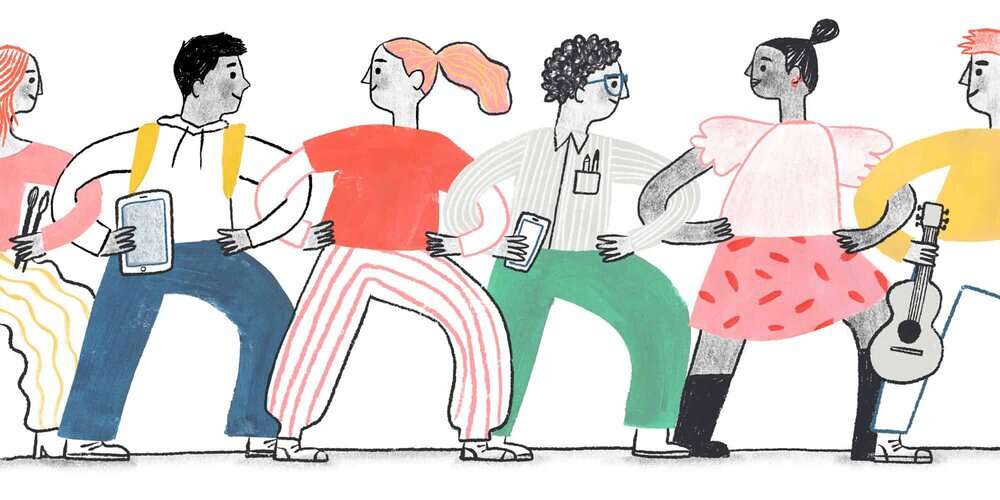Digital Lives: Finding a Balance

How does technology affect teen mental health?
Many young people spend hours daily online, creating digital footprints that impact their mental health both positively and negatively. While social media helps teens build communities and find support, especially for marginalized youth, excessive use can increase risks of depression, anxiety, and eating disorders, and interfere with healthy sleep patterns.
Many young people spend hours each day online. Using technology for schoolwork, social lives, streaming, and social media all contribute to big online footprints, which can have an impact on a teen’s mental health.
Parents often wonder how much time looking at screens is too much. Though more research is needed on the impact of technology on adolescents, current findings show that young people’s digital experiences are both positive and negative. While excessive use of social media can negatively impact mental health, the effects of technology aren’t all bad — in fact, there are some benefits, too.
Social media helps teens create communities. Many young people make positive connections online — especially if they otherwise might be feeling different or alone. This can be particularly helpful for young people of color, LGBTQ+ youth, and members of other marginalized communities. Social media can offer young people support networks, a place to be creative, and chances to learn and practice skills that help their mental wellness.
However, excessive use of social media (more than three hours per day) can increase the risk of mental health disorders like depression, anxiety, or eating disorders. Scrolling or responding late into the night can interfere with restful sleep. Teens are susceptible to pressures, impulsive behavior, and unrealistic comparisons to others that they see online. And there are, of course, the concerns of cyberbullying or exposure to hateful speech and acts.
For more on talking to your teen about specific risks of social media, see these tip sheets from Children and Screens: Institute of Digital Media and Child Development.
- Opens in a new tabOnline Sexual Exploitation, Grooming, and Extortion of Youth
- Opens in a new tabGirls, Health, and Digital Media
- Opens in a new tabBoys, Health, and Digital Media
Create digital wellness guidelines
Help adolescents strike a healthy balance in their digital lives, so that time online is both safe and helpful rather than harmful. Start by asking your teen what online content or sites they enjoy and those they dislike. What do they find helpful or fun, and conversely what do they think might be harmful? Then collaborate on a plan for digital well-being that the whole family can follow such as:
- Establish screen time limits, and model them yourself.
- Discuss privacy. Explain what information and photos should not be shared online and why.
- Talk about online interactions. How can teens support friends online? What constitutes bullying, and what should they do if they experience it?
- Establish healthy offline routines for time in nature, nourishment, and sleep.
For more on collaborating with your teen to create a digital media plan, see our advice to teens.
Read
- Read the Opens in a new tabFamily Digital Wellness Guide from Boston Children’s Digital Wellness Lab
- Read the Opens in a new tabThe 5 M's of Digital Wellness from The Digital Wellness Lab
Watch a video
- Watch a Opens in a new tabvideo roundtable with parents about a collaborative-problem solving approach that can help you work with teens around digital well-being.
- Watch a Opens in a new tabvideo that helps one parent apply a collaborative problem-solving approach to working with a teen about her digital life.
Giving Support
Learn how to be there for young people who may be struggling with their mental health.








